- Your cart is empty
- Continue Shopping
13 Commonly Used Lab Equipment And Their Uses
- Lab Equipment
- Posted on
-
by John
- 0 comments

Lab equipment is expensive, so it is important that you get the best out of it. You need to know what equipment will deliver the most efficient output (without getting overwhelmed with accessories that you might not need). To save you the hassle, we have carefully selected and reviewed some of the products, to give you a clearer picture of which equipment might work best for your experiments. We’ll talk about the commonly used lab equipment that are easy to source and use.
Balances, scales, and weighing instruments
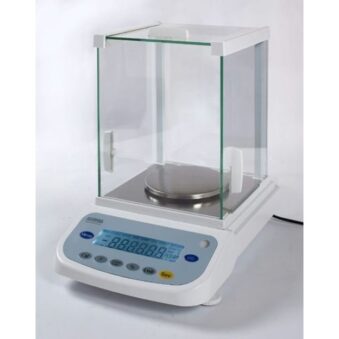
In a laboratory, balances are used to accurately measure the mass or weight of an object or substance. They are used for sensitive weighing – specific weight range with specific readability.
They are usually used to measure weight of minuscule amounts of substances – in grams, milligrams, or micrograms. Balances are made of plastic or metal. It’s common to use the term “scale” while talking about instruments that can weigh heavier weights, in kilograms.
Chemo Bioreactor
A chemostat is a type of bioreactor in which the chemical environment remains the same (stable) by removing waste and adding a culture medium. Ideally, the volume of the system remains the same.
Centrifuges
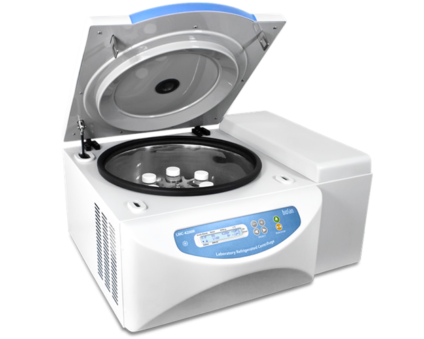
Machines that use centrifugal force to separate fluids or solids of varying densities are called centrifuges. Both electric and hand-powered models are available, with different capacities and a wide range of rotors, accessories, and replacement parts.
Volumetric Flask
A volumetric flask is a piece of lab glassware that is used to prepare and measure chemical solutions. It is made of glass. It is used to make a solution with a specific amount of water or some other solvent. They are better at measuring volumes as compared to beakers and Erlenmeyer flasks because they can measure volumes more accurately.
Pipettes and burets
They are the most common lab instruments used to transfer liquids accurately from one container to another. Often, they consist of a bulb. This bulb draws liquid into the pipet through a small hole. It also determines the amount of liquid you have so that you don’t move too much or too little. Several types of disposable pipets are available in the market that already have a built-in bulb in them. They are not meant to be used in every lab. They can be used only once. Some people also use burets, which are the biggest cousin of the pipet. The burette has a small opening at the bottom where a stopcock is used to keep an eye on the flow.
Microscopes
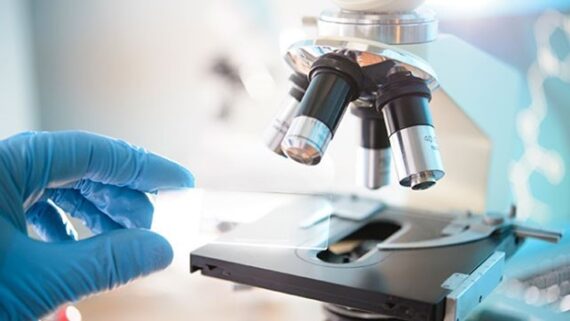
Microscopes let people see things that are hard or impossible to see with the naked eye. They do so by making them look bigger by magnification. The first microscopes were made in the 1500s, but they were only able to make things three to nine times bigger than normal.
Modern microscopes can make things look thousands of times bigger than they are. They let people see things that would otherwise be hidden, like the inner area of cells. It might not have been possible to make important discoveries like germs for instance, if there were no microscopes.
Compound microscopes are the most common in labs. It has a base, an illuminator to make it easier to see, a stage with clips to hold specimens in place, lenses that can magnify things at different levels, and an eyepiece through which people can have a look.
Chromatography
Using High-Performance Liquid Chromatography, you can find very small amounts of solvents and separate a wide range of chemical mixtures. It has a pump, an injector, a column, a detector, and a computer analyzer as parts. Gas Chromatography (GC) is a tool that can be used to measure the quantity of substances in a liquid sample or the parts per billion concentrations in a gaseous sample. It has a gas section, a sample injector, a column, and a detector.
Refrigerators
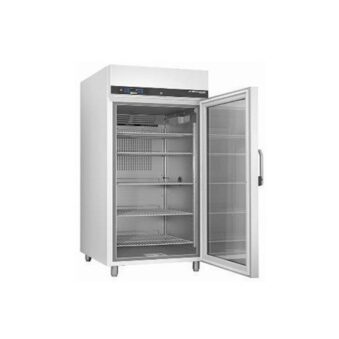
Refrigeration products like blood bank refrigerators, pharmacy refrigerators, explosion-proof refrigerators, chromatography refrigerators, laboratory refrigerators, and flammable material refrigerators can meet a wide range of needs. A breast milk refrigerator can be used to keep breast milk at a temperature between 2 °C and 4 °C. These products are made with up-to-date refrigeration technology and keep the materials safe to use. Products come with solid metal doors or glass doors, manual or automated defrosting strategies, and can be made to meet your needs for temperature controls, cabinet size, doors, shelves, and other operating tools. Refrigeration products are very useful in medical centers, hospitals and pharmacies, blood banks, pathology labs, schools and research centers.
Atomic Absorption Spectrometers
They are used to measure how much atoms are absorbed into the earth and to look for small amounts of different elements. Atomic-Absorption-Spectrometers are made by using atomic absorption techniques. Products are made to use the least amount of gas possible, and microliters of the sample can be used for analysis. Atomic-Absorption-Spectrometers that use furnace analysis are used for low-volume liquid sample analysis and are good for labs that work with complex matrices on a regular basis. They are mostly good for liquids when they need to figure out how many mg L-1 of a certain element there are. The products cut downtime and boost productivity by increasing sample throughput. The products also help labs analyze flames or furnaces with their products.
Incubators
A lab incubator is a heated, insulated box that is used to grow and keep microbiological or cell cultures. The incubator keeps the temperature, humidity, and gaseous content of the air inside just right. Many incubators have a timer that can be set to go through different temperatures and humidity levels. These are devices that are small enough to fit on a table and big enough to fill a cupboard.
Evaporators
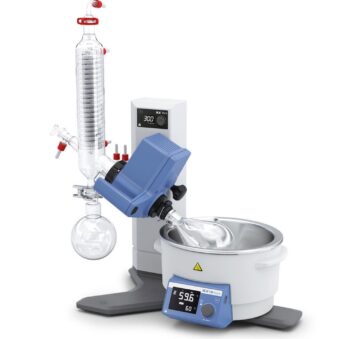
An evaporator is used to get rid of solvents from a substance. Isolating a solid from a liquid may be done by separating the liquid from it. It may also be used to concentrate and purify solutions, which reduces the amount of the end product and removes impurities for safe storage and consumption. The process also cuts down on the costs of transporting and processing large amounts of materials.
Thermal Analyzers
Thermal analyzers are devices that can measure how much a sample changes in weight when it is heated or cooled. They can be used to figure out what kinds of materials are used in environmental, food, pharmaceutical, and petrochemical applications. It heats or cools a sample pan inside the analyzer that is supported by a precision balance that lets you see the sample as purge gas flows over it and out of the exhaust pipe.
pH Meters
pH meters are electric devices that can be used to find out how alkaline or acidic a solution is. Potentiometric methods or pH indicators like indicator solutions or strips are used to measure pH.
pH meters have two electrodes: one is called a reference electrode and the other is called a pH electrode. The difference in voltage between these two electrodes is measured. From the value of potential, it is easy to figure out the pH of the solution. pH meters can tell the difference between buffer solutions and upgrade themselves when they are in calibration mode. The pH meter is made in a way that shows the available pH value, not the one that was measured.
pH meters are used a lot in the diagnosis of diseases, pharmaceuticals, labs, dyeing, brewing, farming, and corrosion prevention.
Conclusion
The purpose of this blog post is to provide you with a list of lab equipment and their brief applications. To conduct successful lab experiments you need to select and use the right equipment and obviously have all the information on how to use it appropriately to get the best results from the equipment.
References:
https://www.fishersci.com/us/en/scientific-products/categories/lab-equipment-instruments.html
https://www.thoughtco.com/lab-equipment-and-instruments-4074323
